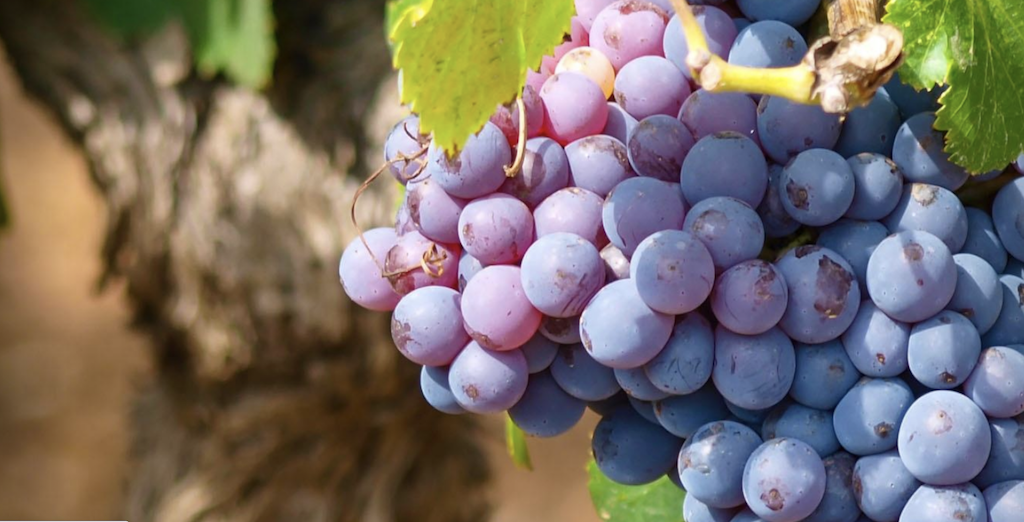California’s heritage grape has many suitable homes, and regions in northern California get most of the attention. AVA’s like Dry Creek Valley, Mendocino Ridge, Amador County and Napa Valley all produce stellar examples of Zinfandel across a range of styles and get lots of the accolades, but that doesn’t mean that there aren’t great Zin spots south of the state’s centerline. You Zin lovers have heard some of the names before – Paso Robles’ Dusi and Sauret vineyards probably come to mind quickly – but there are hidden treasures to be found as well. Some are hidden within huge vineyards, some are hidden far back into the hills, and some are literally hiding in plain sight. Let’s head south and visit a few…
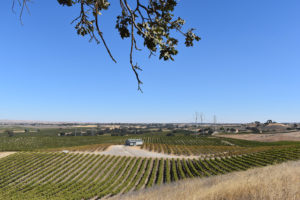
Steinbeck Vineyard, Paso Robles, Geneseo District “Old World Block”
The Steinbeck family ties to the region go back to 1884, and the present-day estate was purchased by current patriarch Howie Steinbeck’s maternal grandparents Frank and Rosie Ernst. Howie began planting grapes on the 500-acre estate (in partnership with Gary Eberle) back in 1982 with a Zinfandel block now slated for graft over to Cabernet, and the block of head trained Zinfandel was planted in the early 2000’s. The block covers almost three acres and is planted with a Primitivo clone on 1103 Paulson rootstock. It’s beautifully situated on a multi-exposure knoll on the west of the winery. The 2020 vintage is now in, and the vineyard yielded its usual 2.5 tons per acre.
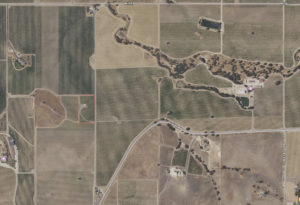
The block goes into the family Zinfandel bottling, and the balance is used in Eberle’s Zinfandel blend. Steinbeck winemaker Steve Glossner takes obvious care to let the vineyard speak, the wines showing the dusty minerality of the site without covering the rich fruit given. A retrospective tasting of the ’13, ’14 and ’15 vintages shows the variation in weather from year to year, and each vintage clearly showcases the vineyard’s signature minerality and brambly fruit mix. Both the small production Steinbeck and Eberle bottlings are definitely worth seeking out – they give a clear sense of place and offer two different takes on this unique terroir.
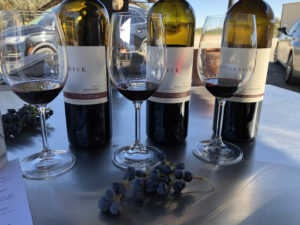
Saucelito Canyon Vineyard, Arroyo Grande Valley
Certainly, one of the most remote vineyards in California, what is now Saucelito Canyon Vineyard was originally three acres planted in 1880 by Henry Ditmas. His wife Rosa took to tending the vineyard after their 1886 divorce, then leased vineyard and winery operations to others until 1940, when the vineyard was abandoned. Bill Greenough purchased the property in 1974 and rehabilitated the then brush covered head trained vines, producing his first commercial vintage in 1982 from the century old dry farmed vines.
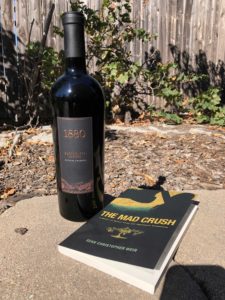
For more of the history of this unique place, look for The Mad Crush by Sean Christopher Weir, published in 2015. It chronicles the 1995 vintage and gives an excellent look at the life of the vineyard and the man who brought it back to life. Additional blocks of Zinfandel were planted in the ’70’s and early 80’s, and there is a small block of Bordeaux varieties as well.
I first encountered the wines in the early 1990’s when they were being poured at the Talley tasting room, prior to the construction of the Edna Valley tasting room on Biddle Ranch Road. Originally a single Zinfandel was offered, accompanied by a very small production Cabernet Sauvignon in some vintages, and some years also brought a reserve bottling. In 2006 the 1880 block wine was separated into its own bottling to showcase its singular character. A side by side tasting of the “regular” multi-block blend Estate Zinfandel and the 1880 Old Vine Zinfandel from the 2017 vintage (made by Bill’s son Tom) reveal similar dusty earth and red bramble character, with the 1880 bottling showing the concentrated red fruit that only comes genuinely old dry-farmed vines.
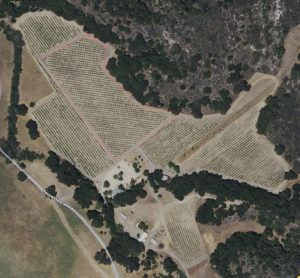
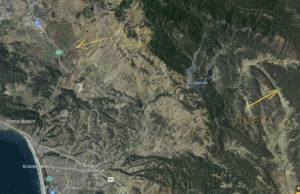
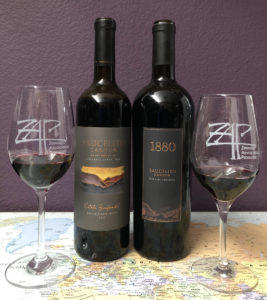
The wines age extremely well – I once poured a ten-year vertical of the Estate Zinfandel (1995-2004) and tasters were very impressed by the freshness of the wines all the way back to the ’95. Tom reports that the 2020 vintage looks primed to continue the long string of success. It was picked in early October at the usual 2.5 tons or so per acre, and the valley location was protected from any smoke issues that have plagued much of the state.
On a side note, the winery contrasts the estate bottlings (which include vineyard age specific wines from the young and middle-aged blocks) with bottlings from other AVA’s including Lodi, Dry Creek and Russian River, making a winery and vineyard visit an absolute bucket list item for any serious Zinfandel fan.
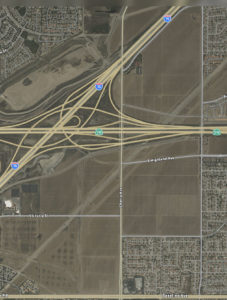
Lopez Vineyard, Rancho Cucamonga
Way down south in San Bernardino county, the cradle of California’s wine industry, sits Rancho Cucamonga, home of some of California’s earliest commercial wineries, and home of one of its old zinfandel vineyards. If you’ve been to the area, you may have driven right by the Lopez Vineyard and not even realized that you were near it. After driving by the vineyard to take a few photos I headed north through the Mojave Desert and was struck by the visual similarity of the creosote dotted landscape of the desert and the Lopez Vineyard’s pygmy bush vine pruned Zinfandel.
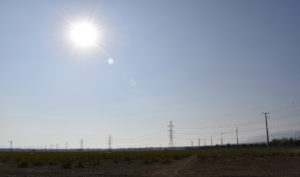
The vines were planted by José Lopez in 1918, and the original fruit was shipped east to home winemakers for their personal use. Today, the dry farmed vines survive by reaching deep for water – some root systems go as far down as fifty feet. Though the vineyard has been under immense encroachment pressure over the years, it still covers about 300 acres, and it’s still an important source for several Zin producers. Notables include long time Lopez champion and Zinfandel legend Carol Shelton, whose “Monga Zin®” has been in and out of her lineup for years; Galleano Winery, a long time area producer and current lease holder of the vineyard; and Jim Hart (whose father Joe made Zin from Lopez at Temecula’s pioneering Hart Family Winery for many years) and his new project at Volcan Mountain Winery in the San Diego mountains.
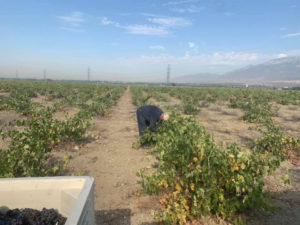
The 2020 harvest was completed in August, delivering the usual small yield between 1/3 and 1/2 tons per acre. According to Shelton, the low yield is the key to the vineyard’s profile – it brings the aromatic concentration and flavor intensity that lets the personality of the site shine through the winemaking.
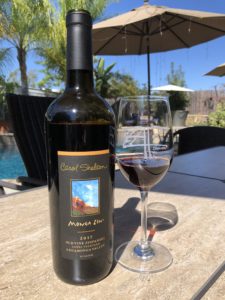
A taste of her 2017 “Monga Zin®” shows rich, cranberry and pomegranate fruit joined by tangy acidity, Asian spice and gently dusty tannin structure. It testifies for the preservation of the site in full throated fashion.
Just about every Zinfandel vineyard in California has a characteristic that makes it unique, and a select few rise to legendary status. In my mind, each of these sites has what it takes to be part of that elite club. I highly recommend a virtual visit to during these pandemic times through the magic of vineyard designated bottlings.
Cheers!
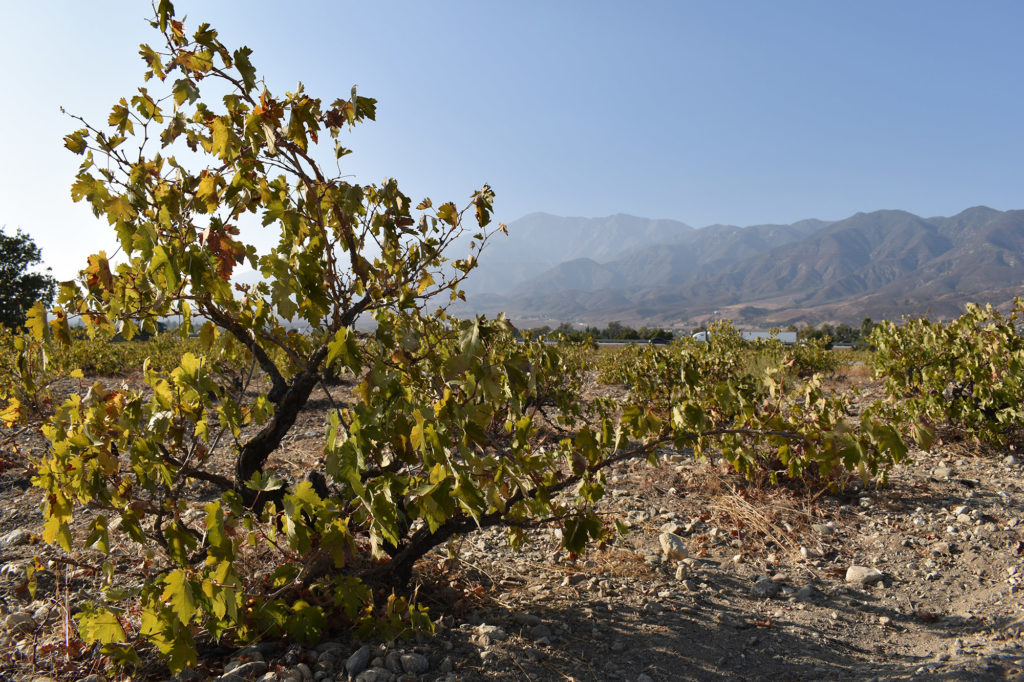
About Rich Cook: A columnist and reviewer for WineReviewOnline.com, Rich continues to travel the wine world both at home and abroad in search of the next great glass. He serves as Director of six major wine competitions in California, and he is proud to be among good company here at ZAP as an aficionado of California’s heritage variety.
